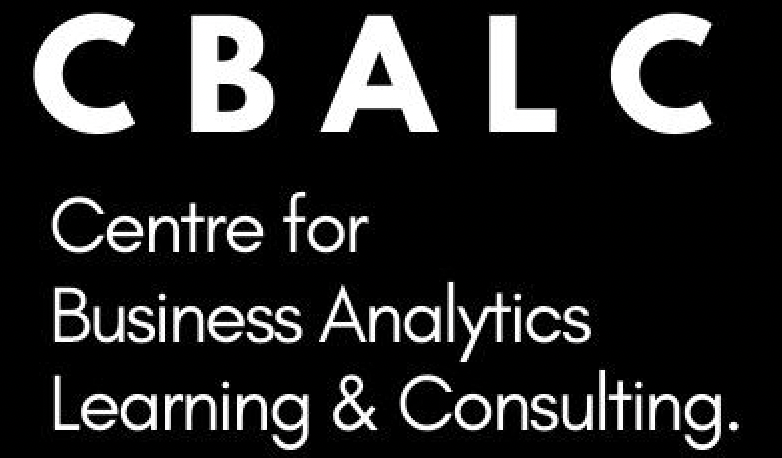In the ever-changing landscape of the financial world, risk management remains a critical aspect for both businesses and investors. The advent of advanced financial analytics has revolutionized risk management practices, empowering financial institutions to better understand and mitigate potential risks. In this article, we will explore the significance of advanced financial analytics in risk management, highlighting key strategies and techniques that enable organizations to navigate uncertainties effectively.
There are a number of different risk management strategies that can be used in conjunction with advanced financial analytics. These include:
- Risk avoidance: This involves eliminating or reducing exposure to certain risks. For example, an organization might choose to avoid investing in certain securities or entering into certain types of contracts.
- Risk retention: This involves accepting the risks that cannot be avoided or reduced. For example, an organization might choose to retain the risk of default on a loan.
- Risk transfer: This involves transferring the risk to another party. For example, an organization might purchase insurance to transfer the risk of fire or theft.
- Risk mitigation: This involves taking steps to reduce the impact of risks that cannot be avoided or transferred. For example, an organization might diversify its investments to reduce the risk of losses.
The Role of Advanced Financial Analytics in Risk Management
Traditional risk management approaches often relied on historical data and assumptions, which could be limited in scope and fail to anticipate emerging risks. Advanced financial analytics, however, harness the power of big data, artificial intelligence, and machine learning to provide deeper insights into various risk dimensions.
- Predictive Analytics: One of the most impactful applications of advanced financial analytics is predictive modeling. By analysing historical data and incorporating market trends, predictive analytics can identify potential risk events before they materialize. This enables proactive decision-making and helps organizations stay ahead of the curve.
- Stress Testing: Advanced financial analytics enables institutions to conduct comprehensive stress tests, simulating various adverse scenarios. This stress testing approach provides a clearer understanding of how the organization would perform under adverse conditions and helps in devising robust risk mitigation strategies.
- Sentiment Analysis: social media and news sentiment analysis play a crucial role in assessing market sentiment. By analysing public sentiments related to specific assets or industries, financial analytics can gauge potential risks arising from market sentiment shifts.
- Real-Time Monitoring: With advanced financial analytics, real-time monitoring of market conditions and portfolio performance becomes possible. Organizations can promptly detect any unusual activities or deviations from expected trends, facilitating timely risk mitigation actions.
Key Risk Management Strategies with Advanced Financial Analytics
- Diversification: Diversifying investments across different asset classes and geographical regions is a fundamental risk management strategy. Advanced financial analytics helps in identifying correlations between assets and assessing portfolio diversification, minimizing the impact of a single asset’s poor performance on the entire portfolio.
- Value at Risk (VaR) Modeling: VaR modeling estimates the maximum potential loss within a specified confidence level. Advanced financial analytics allows for more accurate VaR calculations by incorporating complex market data and assessing tail risks, providing a more comprehensive risk measure.
- Credit Risk Assessment: For financial institutions, credit risk is a significant concern. Advanced financial analytics enables detailed credit risk assessments by analyzing borrower data, payment history, economic indicators, and other relevant factors. This aids in making informed credit decisions and setting appropriate risk premiums.
- Fraud Detection: Financial fraud can significantly impact an organization’s bottom line. Advanced analytics can identify suspicious patterns and anomalies in transaction data, enhancing fraud detection capabilities and protecting against potential losses.
- Robo-Advisory Services: Robo-advisory platforms leverage advanced financial analytics to offer personalized investment advice based on individual risk profiles and financial goals. These services provide automated risk management and investment strategies, appealing to a broader customer base.
Challenges and Limitations
While advanced financial analytics offers numerous benefits, it also faces certain challenges and limitations that need to be addressed:
Data Quality: The accuracy and reliability of financial analytics heavily depend on the quality of data used. Incomplete or inaccurate data can lead to flawed conclusions and risk management strategies.
Model Complexity: Sophisticated analytics models may be challenging to interpret and validate, leading to potential biases and errors in risk assessment.
Regulatory Compliance: The implementation of advanced financial analytics must align with regulatory standards to ensure ethical and compliant risk management practices.
Conclusion
The integration of advanced financial analytics in risk management has revolutionized the way organizations identify, assess, and mitigate risks. From predictive modeling to real-time monitoring, financial analytics empowers businesses to make data-driven decisions and respond proactively to uncertainties. Despite challenges, the benefits of advanced financial analytics in risk management far outweigh the drawbacks, and organizations that embrace these strategies are better positioned to thrive in today’s dynamic financial landscape. As technology continues to evolve, the future of risk management lies in the innovative applications of advanced financial analytics.
– Stuti Srivastava






